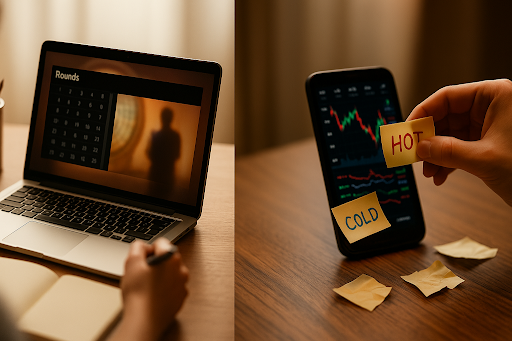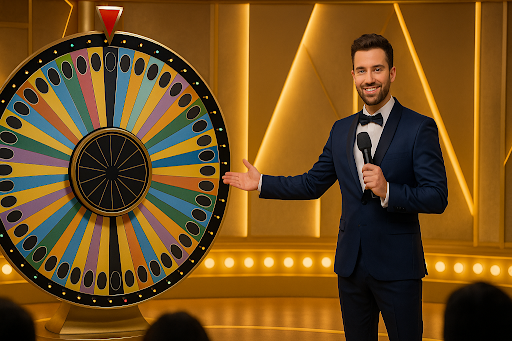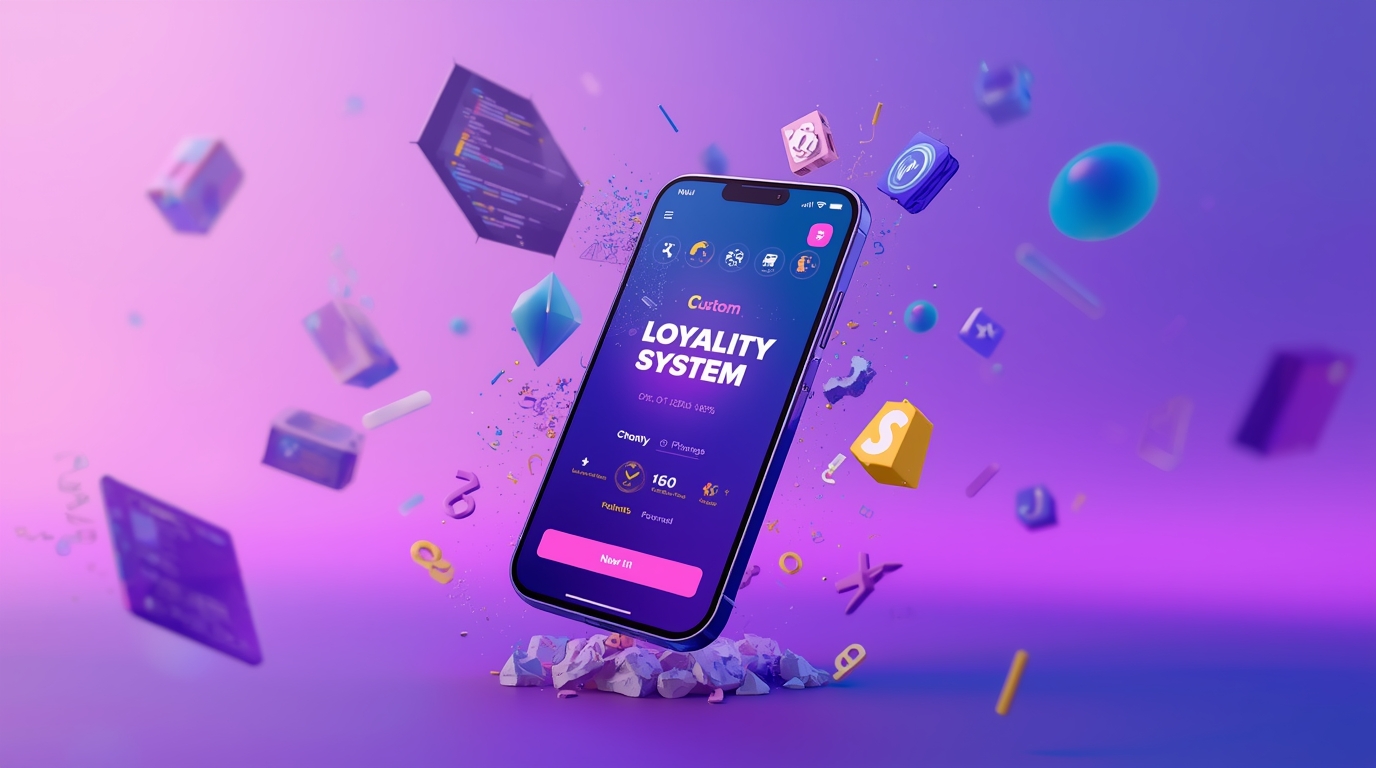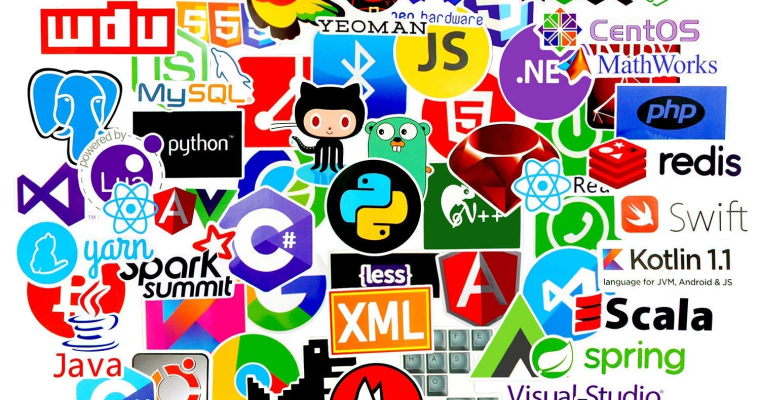Some people arrive expecting spreadsheets; most just want to see what the studio feels like before getting involved. This guide keeps it light: how to read the room, where to start, and how to keep sessions calm without pretending the next round can be “called.”

Step one: get your bearings (watch first, then act)
The studio tells a lot in the first few minutes-host tempo, how quickly rounds cycle, and whether bonuses add some lift. A simple way to settle in is to play the Monopoly Big Baller online game for a couple of rounds and just watch the rhythm. Let the show breathe; there’s no rush to place anything while you’re learning the pace.
A quick first-look routine (two minutes tops):
- Watch 2-3 rounds end to end and note how often “big moments” show up.
- Decide whether the table feels brisk or sleepy-tempo matters more than any hunch.
- If you join, keep it short at first (a time-boxed block beats an open-ended session).
What to look at-and what to ignore
Every results feed dresses data differently, but most boil down to a few signals: round order/time, outcome type, and how “loud” recent multipliers were. These details are great for mood and pacing, not prediction. A fast cadence means more moments per minute; a slower one suits passive watching or very short entries. Bonus-heavy sequences are exciting, but they don’t promise a repeat-treat them as color, not destiny. Ignore overlays that claim to “forecast” the next outcome and any hot/cold talk presented as certainty; if the explanation needs a paragraph, it’s a story, not a plan.
Quick signals at a glance (not predictive):
| What do you notice in the feed | What it tells you (non-predictive) |
| Round cadence (fast vs. slow) | How many “moments per minute” to expect? Fast = short, focused blocks; slow = watch longer, enter briefly. |
| Bonus density (how often bonuses popped in the last ~10–15 min) | How “loud” the session feels. Helps decide whether to keep watching a bit or take a short entry. |
| Multiplier spikes (1–2 recent peaks) | Drama indicator, not “debt.” Good for mood, irrelevant for the very next round. |
| Time since last highlight | Long quiet stretch? Observe 1–2 rounds hands-off. Tight sequence of events? A short try can make sense. |
| Host & room tempo (presenter rhythm, studio pauses) | Human tempo > numbers. Helps pick an entry moment and block length without “prediction.” |
Turning a read into a calm plan
The aim isn’t to outsmart randomness; it’s to stay steady inside it. Make one small decision before each block and stick to it: how long you’ll stay, when you’ll pause, and what counts as “done for now.” Pair a time cap with a cool-down rule-for example, twenty minutes or the first big spike (whichever comes first), then watch two rounds hands-off. It separates the highlight from the next decision and keeps adrenaline from doing the talking.
Reading the room without overthinking
Hosts set the tempo; studios add drama; the wheel and cards deliver the reveal. Lean on those human cues. If the room feels lively, a short, focused block can make sense. If things are dragging, let yourself spectate longer-there’s value in watching without feeling “late.” The best sessions often start after a little patience, not after a complicated signal hunt.

Common snags (and the quick, human fixes)
Most hiccups are practical, not mystical. Stutter usually means weak Wi-Fi or power-saving kicking in; switching to stronger Wi-Fi or disabling Battery/Data Saver during the session often smooths the stream. If something feels off after an update, a simple reboot and reopening from the same page clears odd behavior. And if you catch yourself refreshing results like a stock chart, that’s a cue to pause-you’re letting the tool run the session.
How monopolybigballer keeps it simple
Newcomers don’t need a maze to get started; they need clean access and a view that isn’t cluttered. The site keeps the show front and center-no aggregator detours, no guesswork about where to land-so first-timers can watch a couple of rounds, learn the flow, and only then decide whether to take part. Regulars appreciate the same thing for a different reason: fewer clicks, fewer distractions, and more time following the moments that matter.
For a deeper dive into polished live-game experiences, the team at EJAW brings the same clarity and craft to every project. With years of expertise in game development and interactive studios, EJAW creates seamless, player-first environments that let the fun breathe—exactly the kind of thoughtful design that makes sessions like Big Baller feel effortless and alive
Two small guardrails that make a big difference
Little choices upfront shape how the session feels later. Set a couple of simple rules, and the room’s spikes and lulls stop pushing you around-you decide the tempo, not the last result.
- Decide ahead of time how the block ends-time, mood, or first highlight-and let that rule call the exit, not the last result.
- After any adrenaline spike (big win or big miss), take a short breather and watch one or two rounds hands-off. The show doesn’t run away; the impulse to chase does.
Closing thoughts
Big Baller works because it’s watchable. The host’s rhythm, the studio’s pauses, the reveal-they turn random outcomes into a shared moment. Treat the first minutes as orientation, not a test, and build from there. Keep the routine small, ignore the noise that promises predictions, and let the show do what it’s good at. When the highlights come, you’ll be there by choice, not by chance.






